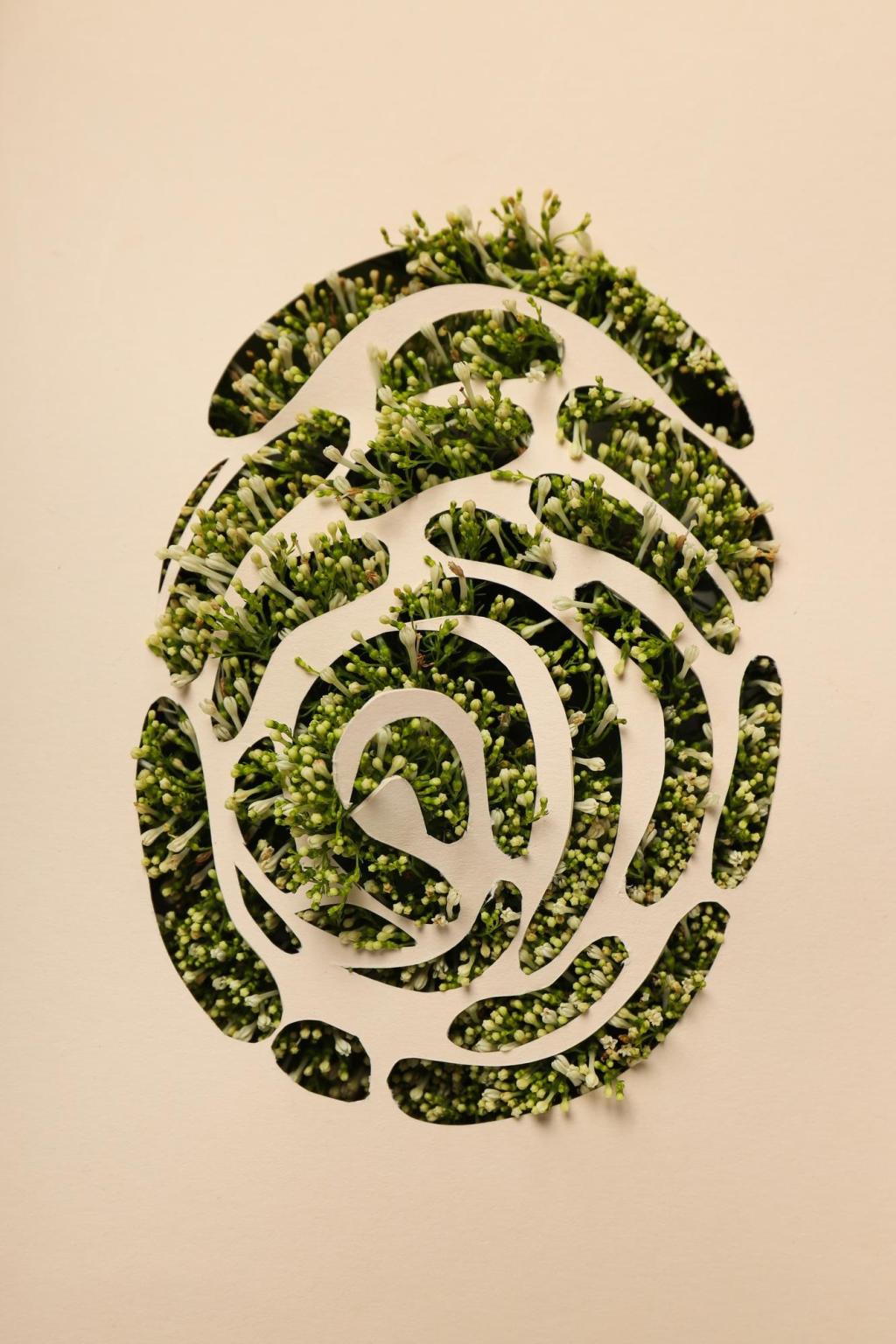Sensors and Payloads that Protect Life
Red-edge and near-infrared bands flag water stress, nutrient deficits, and early disease. Layered with elevation models, they highlight refuges where understory ferns persist. These insights guide micro-reserves and careful trail placement. Which plant indicators matter most where you live?
Sensors and Payloads that Protect Life
Thermal cameras detect heat signatures of resting mammals and roosting birds without shining lights. When paired with conservative flight paths, they protect den sites while documenting presence. Consider volunteering for dusk surveys and reporting protocols that prioritize animal comfort.









